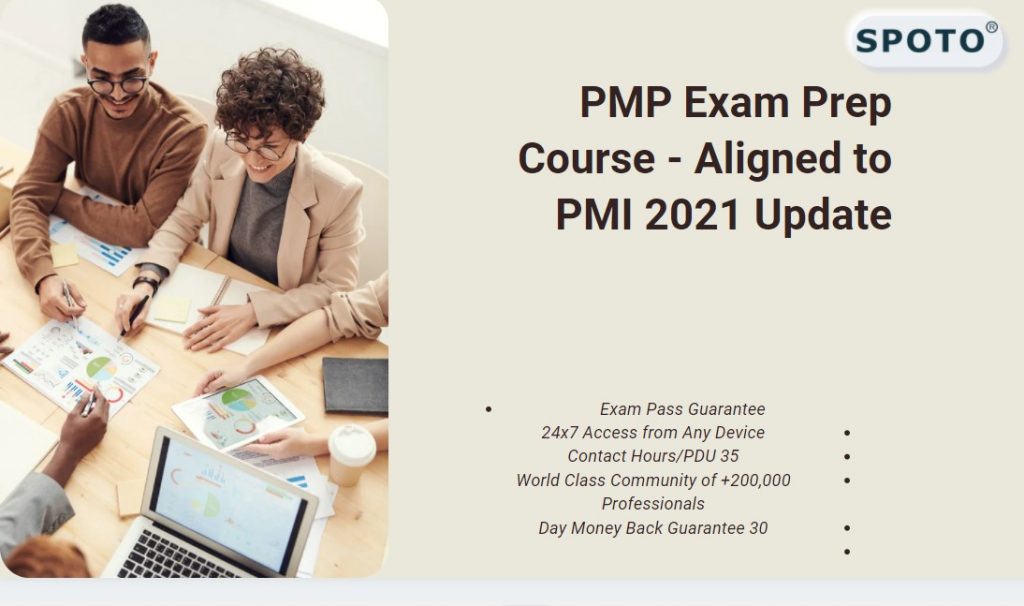Among all other certifications available today, PMP Certification is regarded as the most prestigious, owing to its difficulty in obtaining. The exam is chock-full of difficult questions that put our experience, knowledge of the processes outlined in the PMBOK®Guide, and ability to apply that knowledge and experience in difficult situations to the test. As a result, it is a cold, hard fact that many people who take the exam fail.
Those who fail come from a diverse range of backgrounds, from those who prepared extensively for the exam to those who relied solely on their experience.
To avoid falling into traps and increase our chances of selecting the correct answers, we can employ some of the techniques listed below.
All questions are being attempted.
The PMP® exam contains 200 multiple-choice questions.
25 of these are pretest questions, which are placed at random in the exam and are used for research purposes.
We must, however, answer all 200 questions because we do not know which 25 pretest questions are.
The exam also does not have a negative marking system. This means that if we do not answer a question, it is marked as a wrong answer. As a result, we must attempt to answer every one of the exam’s 200 questions.
Situations that are difficult
On the exam, there will frequently be options that allow us to avoid problems, defer difficult decisions, or avoid critical issues.
This is incorrect for the exam questions.
The viewpoint of PMI
We should answer all questions from the perspective of the Project Management Institute (PMI)®. Many exam takers fail because they answer the questions solely based on their prior experience. They are unable to answer any questions on the exam correctly because they do not use all aspects of project management in their projects. If we are unable to obtain the correct answers by viewing the question through the eyes of the Project Management Institute (PMI)®, we should then rely on PMP® training and, finally, on our real-world experience.
Project managers communicate directly with one another in the project management world. They never avoid an issue, gossip, or imply anything, and they never communicate through a third party. If they have bad news to deliver to a customer, they usually go to them as soon as possible and inform them of the situation. If they have a problem with a team member, they confront them directly or by involving the person’s functional manager.
Identifying the main question as soon as possible
The exam contains many questions that are lengthy and difficult to understand. We must identify the true question as soon as possible due to time constraints. In the case of long, wordy questions, the last sentence is often the actual question. We can gain more time for our answers if we can quickly identify the actual question. We can figure out what our answer should be and then search for it in all four options.

After going through all four options,
One of the most common reasons for incorrect answers is that people do not consider all four options. This reduces our chances of getting the best possible answer to the questions. We should try reading the answers backward to avoid making this mistake (choice d, choice c, Choice b, and then choice a).
Options that represent broad and sweeping generalizations
Options that represent broad, sweeping generalizations are more likely to be incorrect. Always look for options that include words like “always,” “must,” “completely,” and so on.
Answers with proper grammar
When we are asked to fill in a blank space in a question, the correct answer may or may not be grammatically correct when inserted into the blank space.
Common project management blunders
We should always look for options that include common project management blunders. These responses have been included on purpose to put our project management knowledge to the test.
Statements that are accurate
We should always be on the lookout for true statements that do not answer the question. We must avoid selecting this option.
Answers that are obviously wrong
Answers that are obviously incorrect should be removed as soon as possible. Many questions on the exam have two plausible answers and two clearly incorrect answers.
Reviews
We can mark a question for later review and return to it later on the exam. When we are unsure of the correct answers, we can use this function. It is completely normal for us to change our answers while reviewing the marked questions. However, we must ensure that the number of reviews does not exceed 10% of all our responses. If we find ourselves changing more than that, we may be second-guessing ourselves, which can be harmful.
As a result, by managing our answers and reviews in the actual PMP® certification exam, we can tip the scales decisively in our favor.





